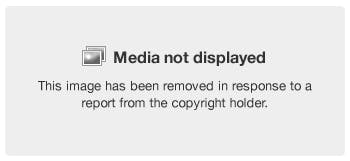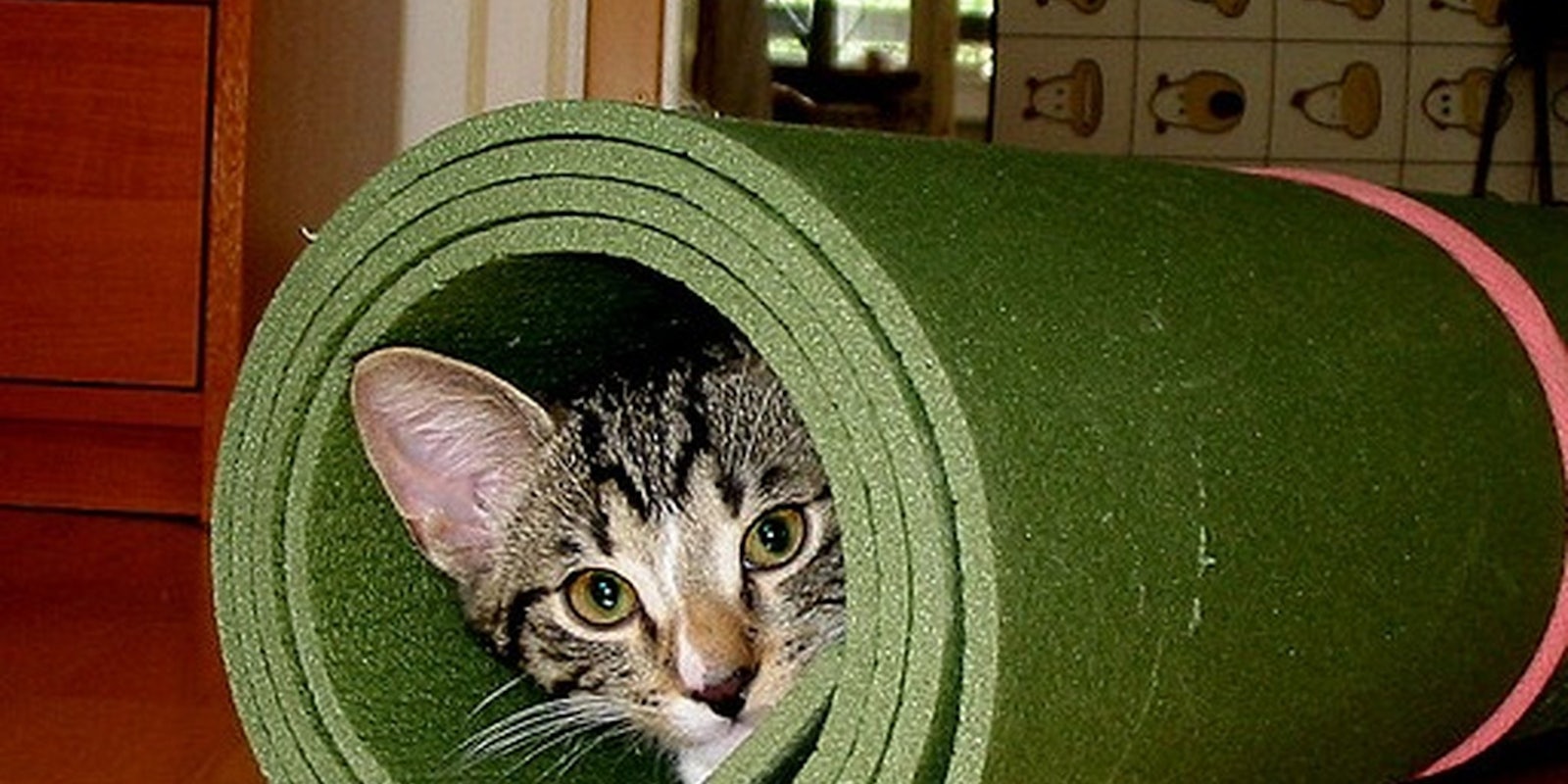Twitter has made a key change to how it handles copyright requests.
Rather than outright removing tweets at the heart of copyright takedown requests, Twitter is instead “withholding” them and adding a placeholder message to the tweet to let everyone know the copyright holder has asked Twitter to remove the content.
Twitter is carrying out the measure as it wants to be as transparent as possible with copyright claims. Its partnership with Chilling Effects ensures that any Digital Millennium Copyright Act (DMCA) requests and cease and desist notices it receives are posted to that site for all to see.
Previously, when someone tried to access the individual Web page for a tweet that had been removed for copyright reasons, they’d simply see message indicating “that page doesn’t exist.”
Once Twitter receives a valid DMCA request, it will withhold the tweet(s) in question and display a message reading “This Tweet from [username] has been withheld in response to a report from a copyright holder” along with a link to the help page explaining the policy. When it is a piece of media (photo, video, etc) being withheld, Twitter will post a similar message:

Twitter says it attempts to get in contact with the account holder to let them know it restricted access to the tweet, as GigaOM notes. It offers information on the DMCA request and provides an explanation of how to file a counter notice. A user may have a case if they share the copyrighted content under the auspices of fair use or if they legitimately hold the copyright to the material.
The company will suspend the accounts of repeat violators, and permanently remove accounts in the most serious cases.
Twitter is one of several big-name Internet companies which has to deal with copyright takedown requests. Google and Facebook also remove content which is deemed to violate copyright.
The copyright takedown system is one which often lends itself to abuse. YouTube in particular has had to contend with several cases where false copyright complaints have triggered automatic takedowns of videos.
Last year, someone illegitimately claimed copyright over Justin Bieber and Lady Gaga music videos, which were then unavailable on the site for several hours. Automated systems also result in the removal of legitimate content, like a video where the creator held the copyright over the sound of wind and Chrysler’s Super Bowl ad from this year.
Google, meanwhile, is lowering the search rankings of sites which have received a high volume of legitimate DMCA requests.
Twitter only considers taking down tweets, photos, and videos once the copyright holder has gone through the proper legal channels. Making that process more transparent helps everyone understand exactly how the company processes copyright claims and avoid abuse.
That said, security researcher Mikko Hypponen decided to have a little fun at Twitter’ expense under the new policy. He is one of several people who composed a tweet that made it look as though Twitter had “censored” it.
Photo by ansik/Twitter


